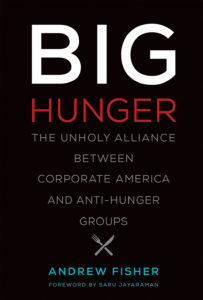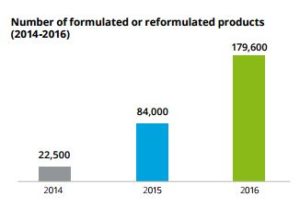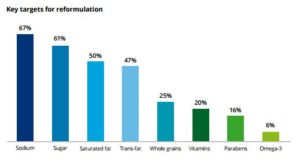The food politics of pot: a roundup
The increasing legalization of medical and recreational marijuana has many implications for food politics. I’ve been collecting these items for the past couple of weeks.
- The food editor of High Times, Elise McDonough (@EliseMcD420), announced in a tweet that she would be leaving the post. Is her job open? You will need to contact High Times to find out.
- The New York Times reports that pot is becoming Big Ag, as big farms in the Salinas Valley are converting from fruits and vegetables to marijuana. Call it “the industrialization of commercial cannabis.”
- Expect to see the same trend in Canada. Canadian Prime Minister Justin Trudeau introduced legislation to legalize pot, and soon.
- Grist has done an environmental impact analysis of growing pot; its use of electricity and water are nontrivial, and its production destabilizes ecosystems.
- The New Yorker profiles Laurie Wolf, ‘the Martha Stewart” of pot edibles.
- The New York Times dining section explains how to pair wines with pot varieties.
- Going to college is a risk factor for use of pot products.
- Advertising Age describes the difficulties with marketing the edibles—marketers must first educate the “Budtenders” who sell the products.
Dixie Elixirs, a maker of edibles including its new lines of THC-infused sour cherry, grape and lemon-flavored Fruit Tarts and Blazin’ Cinnamon and Citrus Blast Dixie Gummies, spends anywhere from 50%-75% of its marketing budget on education — particularly education aimed at budtenders, said the company’s CMO Joe Hodas.




